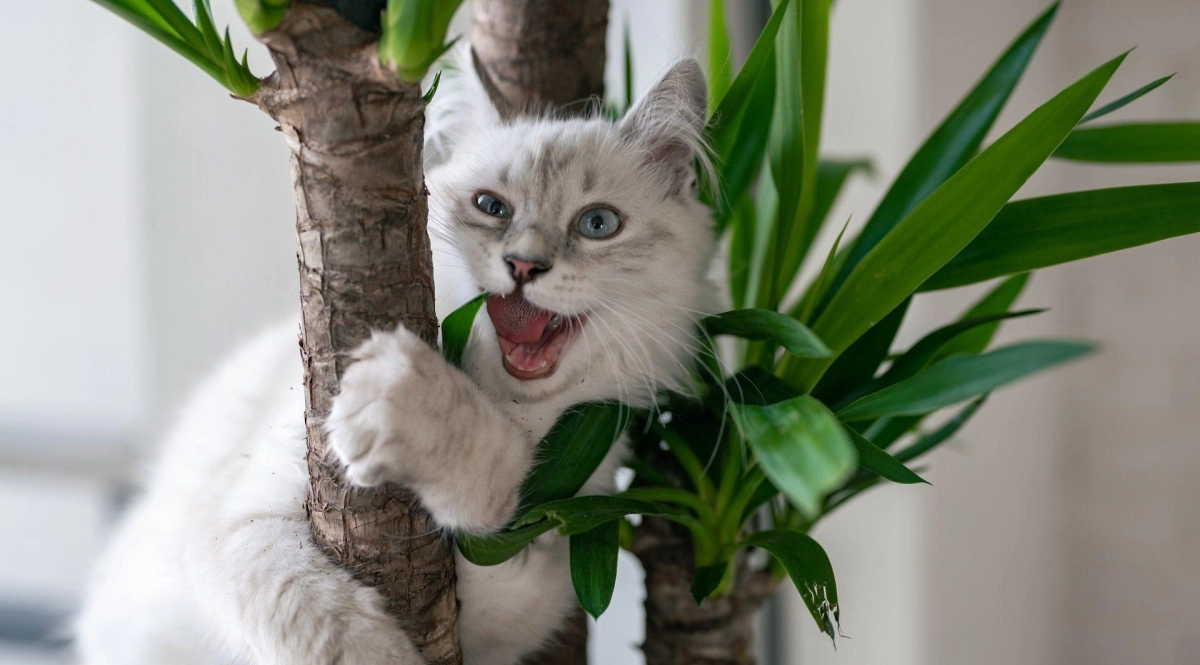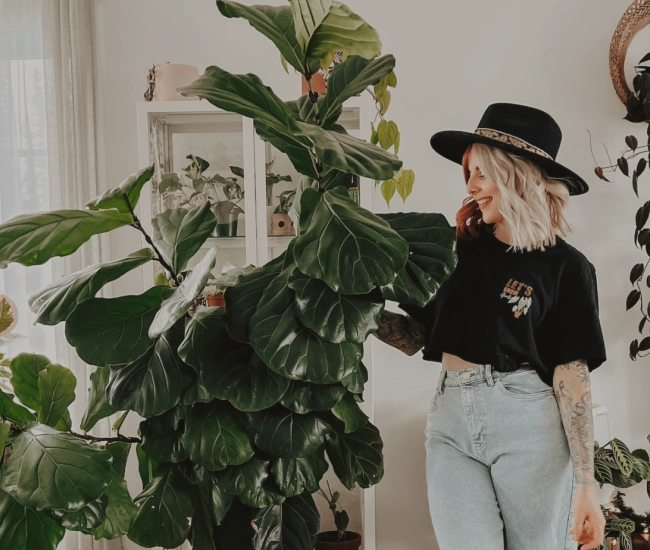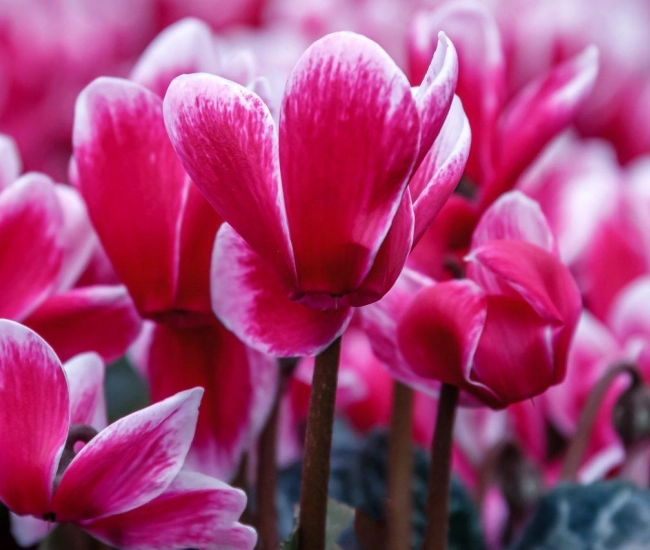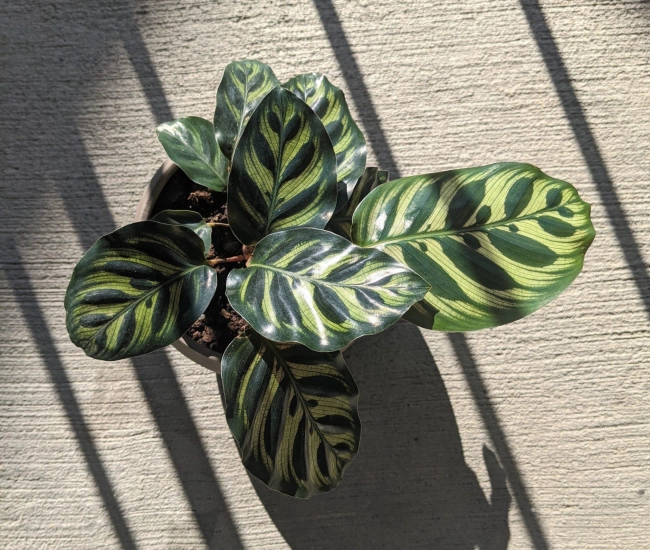
If you are looking for a tropical-looking indoor plant that is easy to maintain and very trendy, look no further than the yucca.
In addition to being elegant and quite robust, this plant is one of the champions of air purification, particularly for carbon monoxide, benzene, and ammonia. Originally from South America, the yucca adapts well to indoor cultivation, provided it is given what it needs: good light, a sturdy pot, and sparing watering.
There are dozens of yucca varieties, but it is mainly the Yucca Elephantipes, a thornless species with a trunk that resembles elephant skin – hence its name – that is found as an indoor plant. Unlike other types of yucca that have long, pointed, and sword-like hard leaves, the leaves of this variety, although pointed, are softer and more flexible, and above all, less prickly.
The yucca that inhabits our homes resembles a small tree. Its rosettes of beautifully rich green lanceolate leaves grow at the end of a long trunk or at ground level, without an apparent trunk. Sometimes, there are several trunks gathered in the same pot or a few branches growing from a main stem. It's up to you to choose the one that will best fit your decor. Choose a well-rooted plant, gently pull on the plant to ensure it before buying.

Yucca Care
The yucca is an easy plant that tolerates dry air and occasional watering neglect. Its growth is rather rapid, and it is possible to cut back the trunks if the plant becomes too large: new stems will appear. Your yucca needs good light to grow. It can tolerate low light temporarily but will undoubtedly wither. If you don't have enough light, it's better to try another green plant. It is even possible to place it in full sun. Moreover, this plant will be very happy to spend the summer outside. However, make sure to give it time to acclimate and bring it inside before the cold arrives.
For watering, remember that the yucca is a succulent plant from the same family as agaves. Therefore, it should be watered deeply but allowed to dry between waterings. Do not keep the soil moist at all times, as the roots may rot. In winter, you should space out the waterings, letting the soil dry at least halfway before giving your plant more water.
As the yucca is a plant that can grow to a good height and has a certain weight, choose a heavy pot so it doesn't tip over, and rotate it a half-turn each week so your plant grows straight, without leaning towards the light. Drainage holes are essential, and it's even good to put a layer of clay pebbles or gravel at the bottom of the pot, under the soil, to maximize water drainage and prevent the roots from soaking in it.
Does the yucca flower?
In the wild, the yucca produces a beautiful white flower that is even edible. It is the floral emblem of El Salvador. However, don't expect your yucca to flower at home; you are likely to be disappointed. The light, even if your plant spends the summer outside, is not sufficient for the plant to produce flowers. We choose the yucca for its structural foliage, which adds height and distinction to the room.
The yucca is a magnificent plant with a tropical look, ideal for both beginners and experts. Visit your Passion Jardins retailer to get this plant or to discover the one that best suits your environment.
Tips and advice



